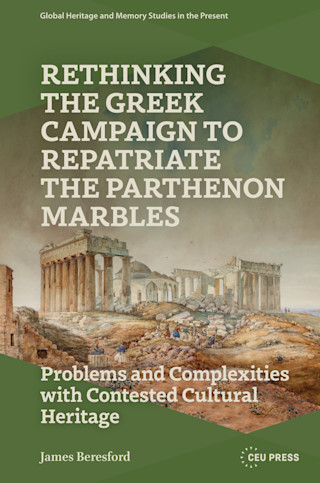Rob van der Laarse
Rob van der Laarse works as a historian and a scholar of cultural studies, specializing in (early) modern Dutch political and European cultural history as well as contemporary war and conflict heritage. He was the founder of the heritage and memory studies programme and research school at the University of Amsterdam and previously held the shared Westerbork chair at the UvA and VU Amsterdam.





